नमस्कार साथियों क्या आप जानना चाहते है BSC 5th Semester Organic Chemistry Important Questions In Hindi 2024 के बारे में? दोस्तों आपका स्वागत है इस लेख में, हम आपको BSC 5th Semester Organic Chemistry Important Questions in Hindi के साथ BSC 5th Semester InOrganic Chemistry Syllabus और BSC 5th Semester Physical Chemistry Important Notes 2024 के बारे में भी बताएंगे।
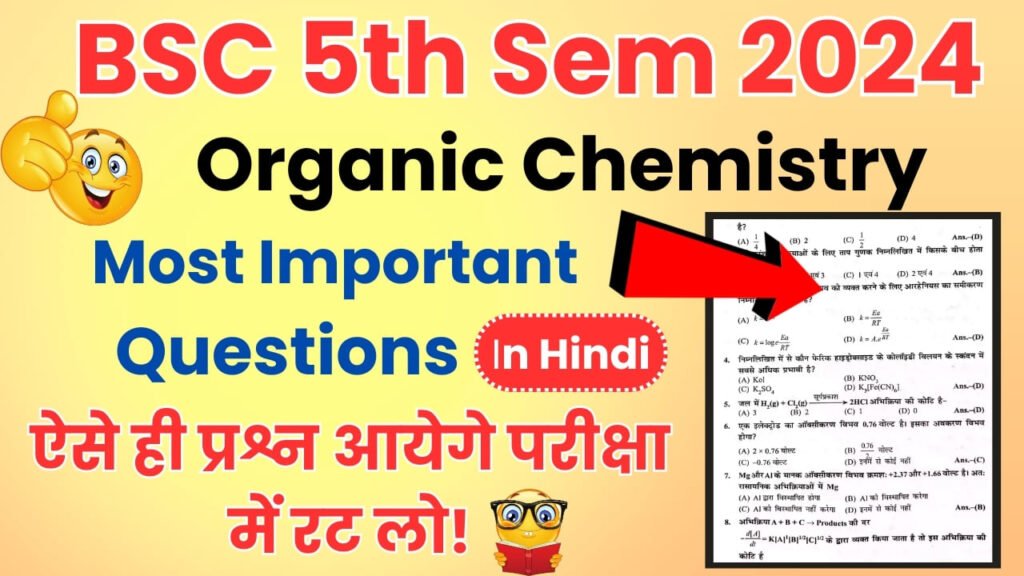
जैसा कि आप जानते हैं Chemistry एक बहुत ही दिमाग लगाने वाला subject है, तो इस लेख में हमने BSC 5th Semester Organic Chemistry Important Questions In Hindi इकट्ठा किया है जो कि आपको पढ़ने में मदत करेंगे अगर आप इस लेख में बताए हुए Organic Chemistry Important Questions को एक बार रट लेंगे तो आप समझ लो 60% syllabus cover हो जाएगा, तो BSC 5th Semester Organic Chemistry Important Questions In Hindi 2024 की पूरी सूची पढ़ने के लिए इस लेख को अंत तक जरूर पढ़ें ।
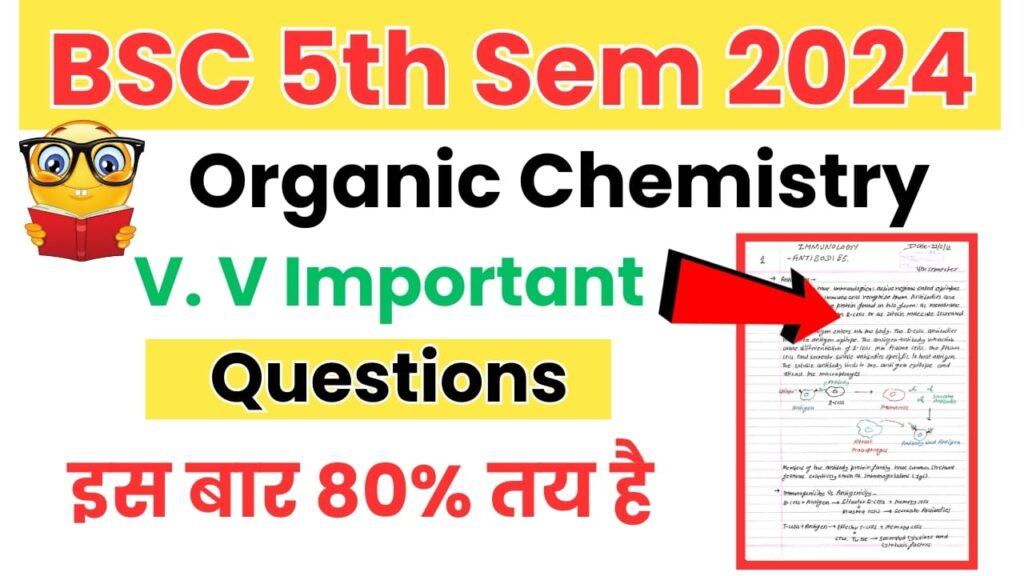
यह BSC 5th Semester Organic Chemistry Important Questions In Hindi 2024 के महत्वपूर्ण प्रश्न 2024 प्रतिष्ठित संस्थानों के अनुभवी शिक्षकों द्वारा तैयार किए गए हैं, इन प्रश्नों के पेपर में आने की अधिक संभावना है, इसलिए इन्हें अच्छी तरह से तैयार करें।
BSC 5th Semester Organic Chemistry Important Questions In Hindi
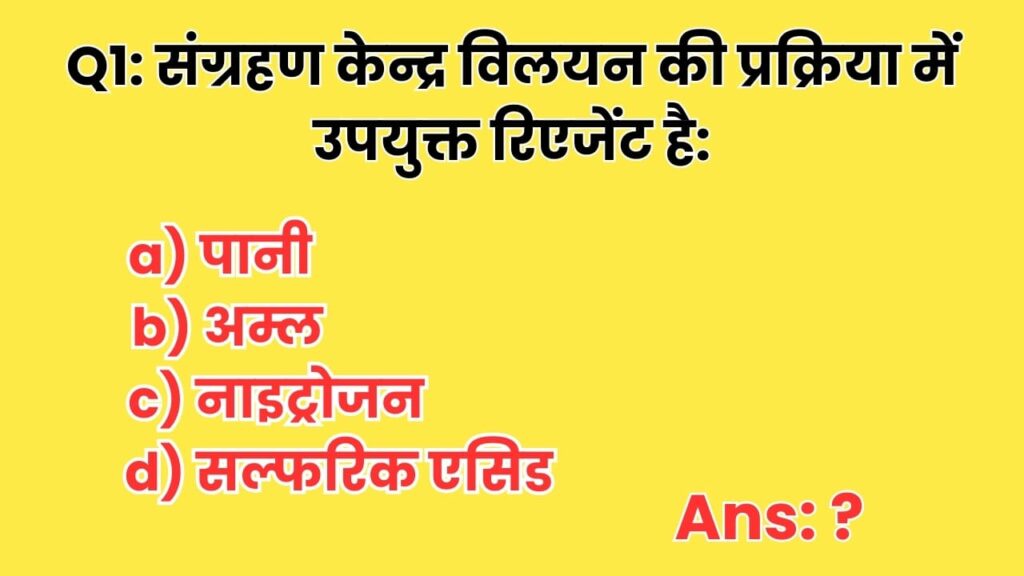
Q1: संग्रहण केन्द्र विलयन की प्रक्रिया में उपयुक्त रिएजेंट है:
a) पानी
b) अम्ल
c) नाइट्रोजन
d) सल्फरिक एसिड
Answer: d) सल्फरिक एसिड (Sulfuric Acid)
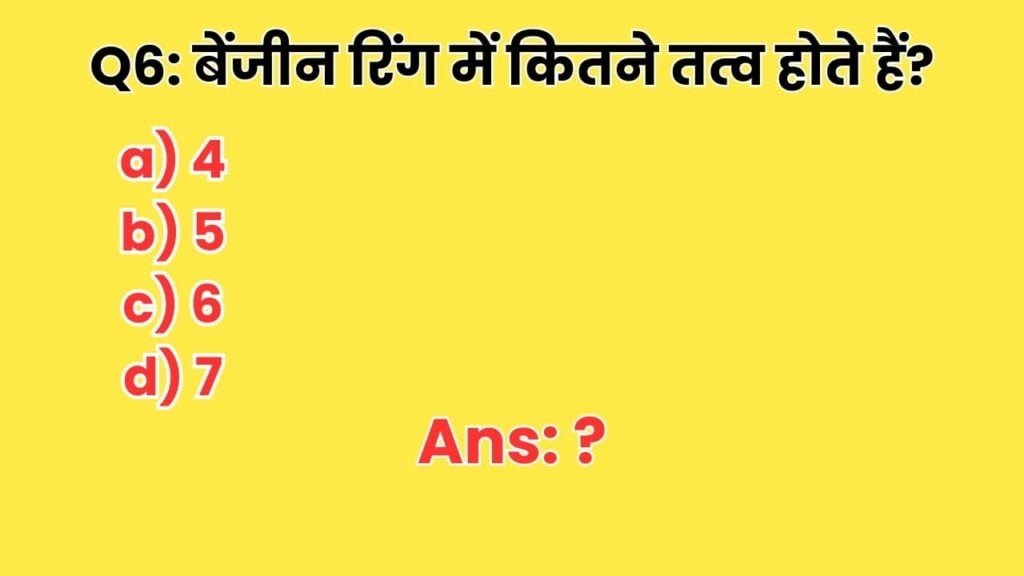
Q2: सुल्फोनेशन का उत्तराधिकारी विलयन एक प्रकार की है:
a) इलेक्ट्रोफाइलिक
b) न्यूक्लीफाइलिक
c) न्यूट्राफाइलिक
d) एंटीमार्कोनिक
Answer: a) इलेक्ट्रोफाइलिक (Electrophilic)
Q3: कार्बनिक यौगिक अयस्क की परिभाषा क्या है?
a) जो अयस्क के साथ मिलाया जा सकता है
b) जो केवल जैविक स्रोतों से प्राप्त होता है
c) जो केवल कार्बन से बना होता है
d) जो केवल कार्बन के साथ अध्यायित किया जाता है
Answer: c) जो केवल कार्बन से बना होता है
Q4: किस विलयन प्रक्रिया में एल्कोहल और कार्बनिक अम्ल का संयोजन होता है?
a) एस्टरीकरण
b) आइसमर्जन
c) ओक्सिकरण
d) एल्डोल विलयन
Answer: b) आइसमर्जन (Esterification)
Q5: इनमें से कौन-सा यौगिक धीमा आग पर जलकर जलता है?
a) प्लास्टिक
b) केमिकल
c) पेपर
d) लकड़ी
Answer: a) प्लास्टिक (Plastic)
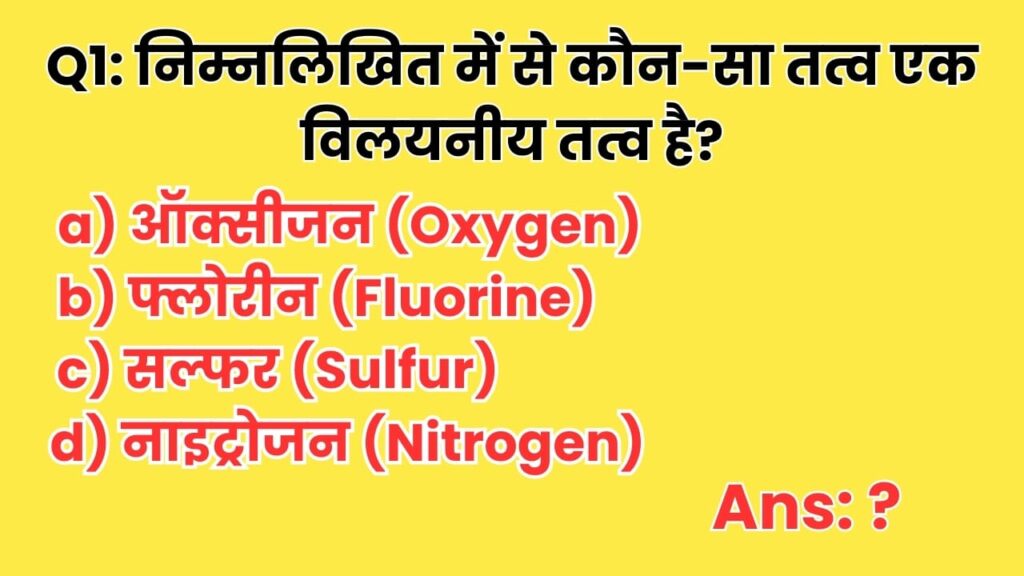
Q6: बेंजीन रिंग में कितने तत्व होते हैं?
a) 4
b) 5
c) 6
d) 7
Answer: c) 6
Q7: इनमें से कौन-सा रिएजेंट कार्बन-कार्बन संबंध को विकर्षित करता है?
a) KMnO4
b) H2SO4
c) NaOH
d) HNO3
Answer: a) KMnO4
Q8: एल्डोल का प्रमुख उत्पाद क्या होता है?
a) एल्डेहाइड
b) केटोन
c) आल्कोहल
d) अम्ल
Answer: b) केटोन (Ketone)
Q9: कार्बनिक यौगिक में कौन-सा आधार होता है?
a) OH-
b) H+
c) Na+
d) Cl-
Answer: a) OH-

Q1: विभिन्न तरलों के बीच सांतरिकता और विपरीतता के संबंध में समझाएं। (Explain the relationship between intermolecular and intramolecular forces.)
Q2: आल्डोल के उत्तर के लिए महत्वपूर्ण चरणों का वर्णन कीजिए। (Describe the important steps for the aldol reaction.)
Q3: कार्बनिक यौगिक उत्पन्न क्यों होते हैं? (Why are organic compounds produced?)
Q4: संश्लेषण और संशोधन के बीच अंतर कीजिए। (Differentiate between synthesis and modification.)
Q5: एस्टर बनाने की प्रक्रिया की व्याख्या कीजिए। (Explain the process of making esters.)
Q6: जो आइयोडोफार्म का उपयोग करते हुए आप किसी आल्कोहल का निर्देशन कैसे करेंगे? (How would you direct the synthesis of an alcohol using iodoform?)
Q7: बेंजीन और गंधक के बीच कीमिती क्रिया के उत्तर कीजिए। (Discuss the chemical reaction between benzene and sulfur.)
Q8: अमीनों की प्रमुख विशेषताएँ बताएं। (Explain the main characteristics of amines.)
Q9: निम्नलिखित कार्बोकाट आइयों में क्या अंतर होता है? (What is the difference between the following carbocation ions?)
Q10: वस्त्र रंगन में यौगिकों के प्रमुख रंगों की व्याख्या कीजिए। (Explain the main colors of compounds in textile dyeing.)
Q11: कार्बन के चार प्रकार क्या हैं? (What are the four types of carbon?)
Q12: एल्कोहल और फैनोल के बीच अंतर कीजिए। (Differentiate between alcohol and phenol.)
Q13: आरोह के बारे में बताएं। (Explain about aroh.)

Q14: अल्काइल क्लोराइड्स के उत्तर के लिए महत्वपूर्ण चरणों का विवरण कीजिए। (Describe the important steps for the synthesis of alkyl chlorides.)
Q15: कार्बन की सांतरिक यौगिकता के प्रकार और उनकी विशेषताएँ वर्णन कीजिए। (Describe the types of carbon’s organicity and their characteristics.)
Q16: अमीनो एसिड के उत्तर के लिए महत्वपूर्ण चरणों का विवरण कीजिए। (Describe the important steps for the synthesis of amino acids.)
Q17: एस्टर और केटोन के बीच अंतर कीजिए। (Differentiate between ester and ketone.)
Q18: उर्वरक और उर्वरक उत्पादन के बारे में बताएं। (Explain about acids and acid production.)
Q19: कार्बनिक रासायनिक यौगिकों की संरचना क्या है? (What is the structure of organic chemical compounds?)
Q20: पायरोल के बारे में बताएं। (Explain about pyrrole.)
Q21: संराधन प्रक्रिया और इसके प्रकारों के बारे में बताएं। (Explain the reduction process and its types.)
Q22: मालोनिक एसिड के बारे में बताएं। (Explain about malonic acid.)
Q23: कार्बन की आइजोमेरिकता क्या है? (What is the isomerism of carbon?)
Q24: एस्टर और केटोन के बीच अंतर कीजिए। (Differentiate between ester and ketone.)
Q25: कार्बन के चार प्रकार क्या हैं? (What are the four types of carbon?)
Q26: नाइट्रोजन के बारे में बताएं। (Explain about nitrogen.)
Q27: स्नायुजलीयता का परिभाषित किया जाए। (Define electronegativity.)
Q28: कार्बनिक रासायनिक यौगिकों की संरचना क्या है? (What is the structure of organic chemical compounds?)
Q29: एल्कोहल और फैनोल के बीच अंतर कीजिए। (Differentiate between alcohol and phenol.)
Q30: संश्लेषण और संशोधन के बीच अंतर कीजिए। (Differentiate between synthesis and modification.)
हमें उम्मीद है कि इस लेख की मदद से आपको BSC 5th Semester Organic Chemistry Important Questions In Hindi के बारे में जानकारी मिल गई होगी।
दोस्तों आपको यह पोस्ट कैसी लगी कृपया हमें कमेंट सेक्शन में बताएं और यदि आपके कोई प्रश्न हों तो बेझिझक हमसे Comment Box में पूछ सकते हैं। यदि आपको यह पोस्ट उपयोगी लगी तो कृपया इसे दूसरों के साथ साझा करें।